Philippe Starck: superstar designer and olive oil advocate
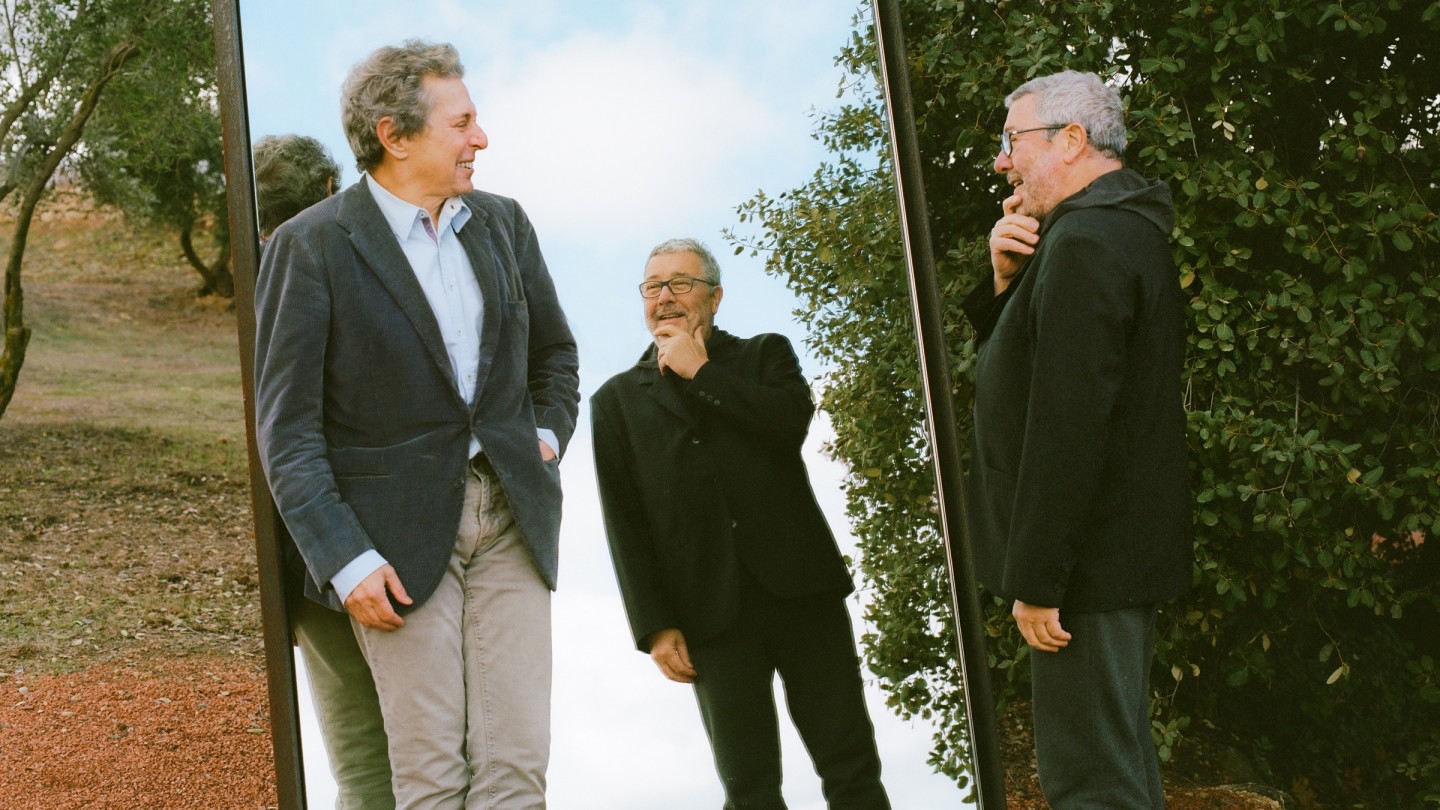
Roula Khalaf, Editor of the FT, selects her favourite stories in this weekly newsletter.
When legendary designer Philippe Starck met Spanish investment banker Pedro Gómez de Baeza 30 years ago in Madrid they bonded through their quickfire, raucous sense of humour. The occasion was the opening of Starck’s transformation of a dilapidated old theatre into Teatriz, a restaurant with dramatic decor and an experimental menu.
“Madrid had seen nothing like it before. It helped transform the city into a destination,” says the vivacious Gómez de Baeza, who struck up a friendship with Starck and later holidayed with him in Mexico.
“I remember we were by the coast with these huge pterodactyl-like birds flying overhead. We never exchanged one serious word, and made bad and good jokes endlessly,” says the 73-year-old Frenchman, who became a household name in the design-fanatic 1980s. “We now keep track of each other wherever we are.” Starck’s prolific output ranges from the Louis Ghost chair (Kartell, 2000) to electric bikes, yacht interiors and countless hotels across the globe, as well as domestic items such as his Juicy Salif lemon squeezer (Alessi, 1988), desk accessories and toothbrush holders.
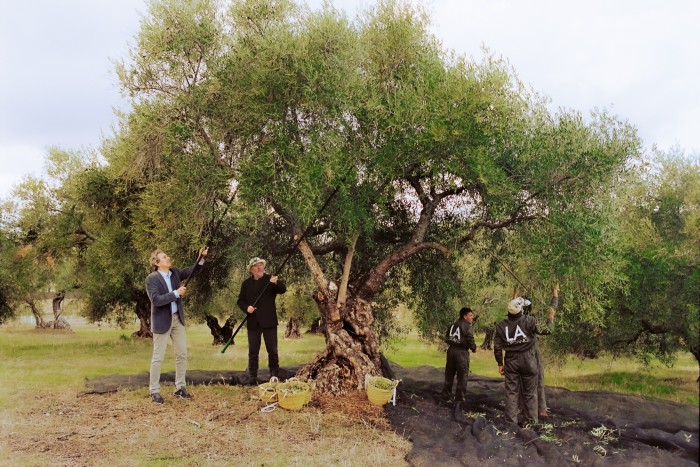
This double act shares another obsession, indeed a veneration: for the olive. “I love the centre of everything: the basics, the bone at the core of the relationship between humans and the world,” says Starck, of the unctuous golden liquid we devour in myriad forms. “Oxygen, salt and olive oil – these are the pedestals of civilisation. Salt and oil were a means of food preservation and therefore survival, and that is why olive oil is so noble.”
For his part, Gómez de Baeza, then living and working in New York, fell in love with Andalucía and invested in a 200-year-old olive oil grove and press called LA Amarilla, located near the historic mountaintop town of Ronda, which is split into two by a canyon. At LA Amarilla, the harvesting and small-batch production were run by a small sisterhood of cloistered nuns. Gómez de Baeza saw an opportunity to create a premium olive oil brand and an agritourism site that would champion the quality and tradition of Spanish olive oil. He approached Starck with an offer to be a shareholder, and board and artistic director of the nascent venture. “I offered the honours because I could not afford his fees!” says Gómez de Baeza, who is president of the GBS Finance investment bank that was established in 1991. The designer immediately replied “Yes”, with the caveat that the olive oil had to be derived from pesticide-free, organic-farming methods.
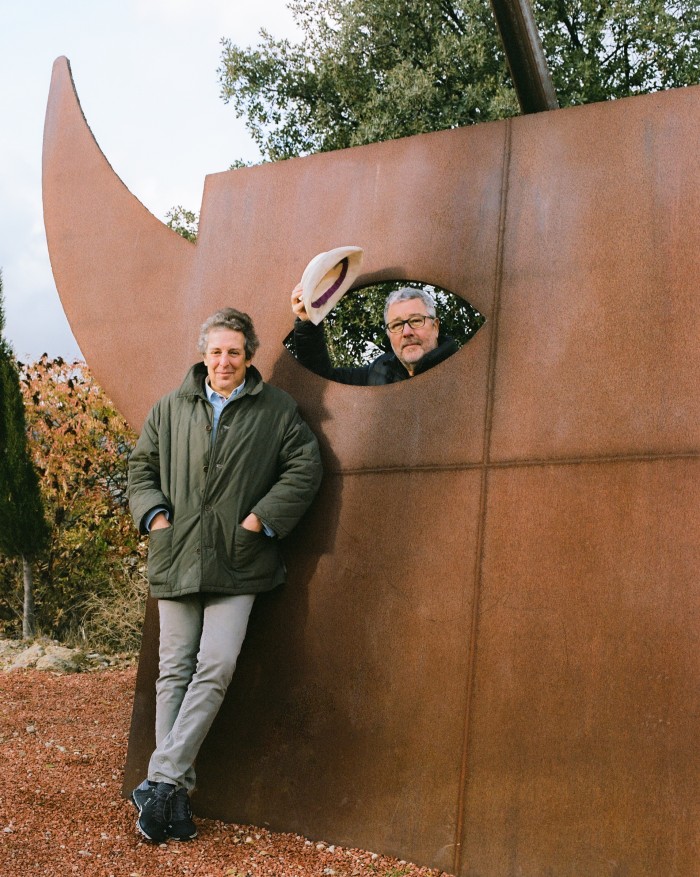
“Back in the ’90s, organic produce was relatively unheard of,” says Gómez de Baeza. “Starck was insistent, even if ultimately the oil would be more expensive.” Rather than give the brand a traditional “estate” or family name, Starck came up with the name LA Organic and its distinctive metal flask and UV-protective dark-glass packaging emblazoned with bold graphics. The olive oil has won numerous prizes and is decidedly tabletop-friendly. Top of the range is the Oro version, which is packaged in a vessel reminiscent of an inkwell.
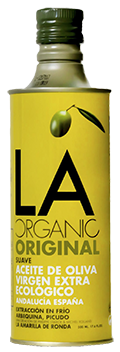
Today, 100,000 litres of LA Organic olive oil are produced at LA Amarilla each year and it is sold in 25 countries. You will also find it on British Airways and Iberia first-class menus. But LA Organic’s output remains premium and niche. Comparative brands include Castillo de Canena (also from Andalucía), Marqués de Griñón (Toledo) and Dauro (Cataluña).
Gómez de Baeza is on a mission to wave the flag for Spanish oil. Global consumption of olive oil is expanding: it’s expected to reach $16.64bn by 2027, and that uptake is largely attributed to a growing demand for healthy foodstuffs. While most people think of Italy as the number-one olive oil producer, Spain’s production equates to almost half the world’s olive oil and it is widely exported for blended-origin products.
Gómez de Baeza and Starck’s vision reaches far and wide. In 2019, LA Organic introduced walking tours that lead through the olive groves, vineyards and a vast vegetable garden along lavender-, rosemary- and cypress tree-flanked pathways. An outdoor photography exhibition and Starck’s symbolic metal sculptures add an artistic edge. The tour takes in the farm buildings, olive presses and spectacular vistas of the Ronda valley. This “first steps” agritourism attraction is a primer to the big event – the construction of a Starck-designed monument and museum called LA Almazara by Starck (due to open in 2023). In October the first foundations were laid for the building, which has taken 20 years of negotiations and approvals.
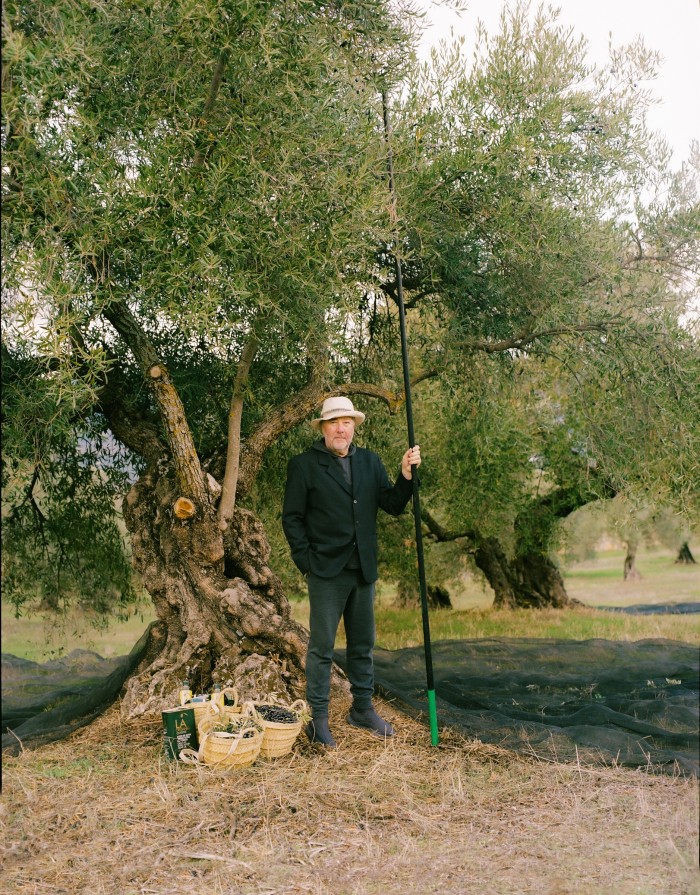
Starck’s vision for the building is audacious, and both of, and out of, this world. He’s conceived LA Almazara by Starck as a gigantic brutalist three-storey oblong block that juts out of the craggy mountainside. On one side is a huge bull-horn feature, which is being made by specialist submarine makers, and on another a big Picasso-esque eye exudes smoke. Naturally, a giant olive takes prime position. The interior of the museum comprises a surreal mystery tour through a series of large-scale artefacts housed in treasure boxes that aim to capture the soul and history of the region. Gustave Doré, Ernest Hemingway, Orson Welles and Rainer Maria Rilke are some of the many artists and writers who have fallen for Ronda’s drama and charm over the centuries.
“There’s a portrait of Francisco Romero who reputedly invented the muleta [bullfighting cape] and sword; a wooden model of one of the very first aircraft that was built in Málaga; and many more unexpected pieces,” says Starck of the Willy Wonka-like journey into the depths of the mill. “At the centre of the building, you will confront two giant funnels dispensing oil down a long tube that disappears into a clay-clad tank.” The finale is a room with two fires where bread is baked, food is cooked and it’s all served with pitchers of oil. Art, gastronomic and cultural activities will be part of the innovative programming.
“LA Almazara by Starck is a huge block [2,600sq m and rising to 25m] that is totally out of scale,” adds Starck, who has seized upon the myth and reality of the dramatic region that gave birth to Picasso, to bullfighting, and to olive oil. “But then nothing is average in Andalucía. Ronda spans two sides of a vast canyon. It’s also home to one of the oldest bullfighting rings in Spain, the Plaza de Toros de Ronda.”
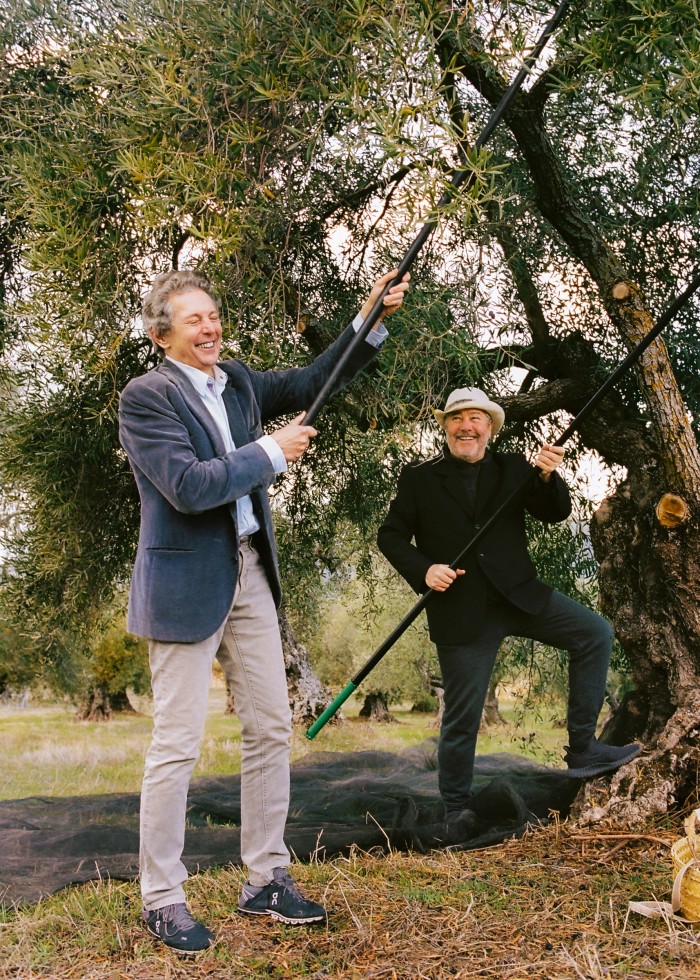
The development is costing upwards of €20mn, which Gómez de Baeza is raising through GBS Investments, an arm of GBS Finance. “LA Almazara by Starck is mind-boggling and will be an important monument for the region and for Spain,” he affirms. “I started out in the business of olive oil as a layman and have learnt everything from our team at the farm. Olive growth and harvesting is intricate, complex and depends on the type of olive, the soil, the climate, the age of the tree. All these aspects impact on the taste. Then there are decisions about whether to do a mono variety or mix the olives. There’s a lot of ‘magic’ in the process, and so many variables.” Arbequina, Hojiblanca, Picual, Picudo, Pajarera and Lechina are the main types of olives grown both on the estate and across 56 olive groves in five provinces for LA Organic’s range.
With the growth of agricultural tourism, the fascination with all forms of nature and farming, including olive oil and fisheries, is on the up. The Andalucian wineries are already well established on the excursion/tour circuit – the Marqués de Riscal estate whose hotel was designed by Frank Gehry set a precedent. LA Almazara by Starck will stand as a grand salute to Spain with a splendid gift shop attached. “It is my job to make people be their best – more passionate, more intelligent, more sensitive,” concludes Starck. “I want people to go back home and say ‘Woah!’”
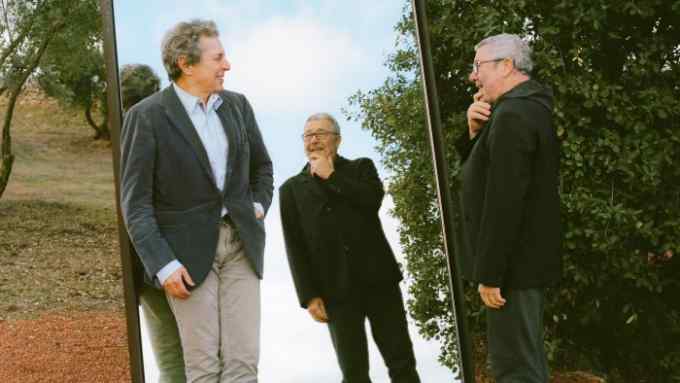
Comments